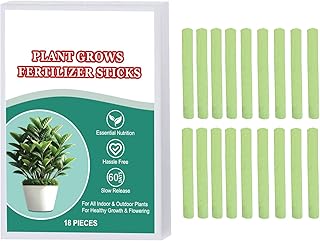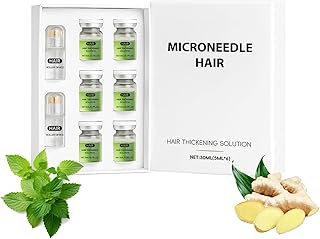Spatial organization in microbial range expansion is a complex phenomenon influenced by trophic dependencies and successful lineages. Bacterial communities in natural environments often form biofilms, where spatial positioning is crucial for nutrient access, metabolite exchange, and protection. Genetic segregation and spatial patterns in colonies growing on surfaces reflect the importance of individual cell lineages contributing disproportionately to community biomass. Trophic interactions play a significant role in shaping community spatial organization during range expansion, with factors like nutrient availability and toxicities impacting growth rates and patterns.
In a synthetic bacterial ecosystem, two isogenic mutant strains engage in a nitrite cross-feeding interaction, creating different expansion mechanisms based on trophic interactions. Competitive scenarios lead to clear strain segregation, while mutualistic interactions promote intermixing of strains. Weak mutualism results in sequential expansion, with producer cells dominating the colony periphery, and occasional large consumer sectors emerging due to growth rate advantages. Mathematical models tracking individual cell lineages reveal how localized growth rates and trophic dependencies influence colony patterns and genetic diversity.
Structured habitats, such as porous media or rough surfaces, influence microbial community stability and function. Simulations in structured environments show that obstacles can increase genetic segregation, hinder proliferation of certain cell lineages, and impact overall community expansion. Genetic diversity at the expanding edge accelerates evolutionary processes, with localized growth rate advantages shaping population genetics. The interplay of trophic interactions, nutrient availability, and spatial structure highlights the role of microbes as environmental engineers in shaping community composition and ecosystem functioning.
These findings provide insights into the mechanisms driving spatial self-organization during microbial range expansion, shedding light on the importance of growth rate differences and chance events in shaping community patterns and genetic diversity. The dynamic interplay between trophic interactions, nutrient landscapes, and spatial structure highlights the complex nature of microbial range expansion and its implications for evolutionary mechanisms.
📰 Related Articles
- Mitsubishi Triton 2025 Range Expansion Reveals New Manual Models
- Zhongce Rubber Plans SSE Listing to Fund Expansion Projects
- World Meteorological Organization Forecasts Record Global Temperatures Ahead
- Woolworths’ Pet Industry Investment Propels PetO’s Rapid Expansion
- Wilde Aparthotels’ European Expansion Redefines Luxury Travel Experience






